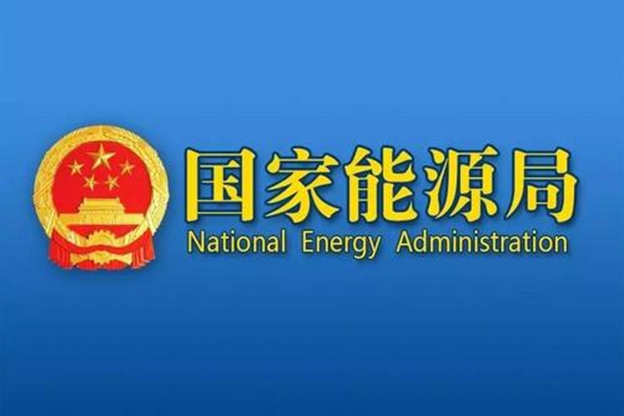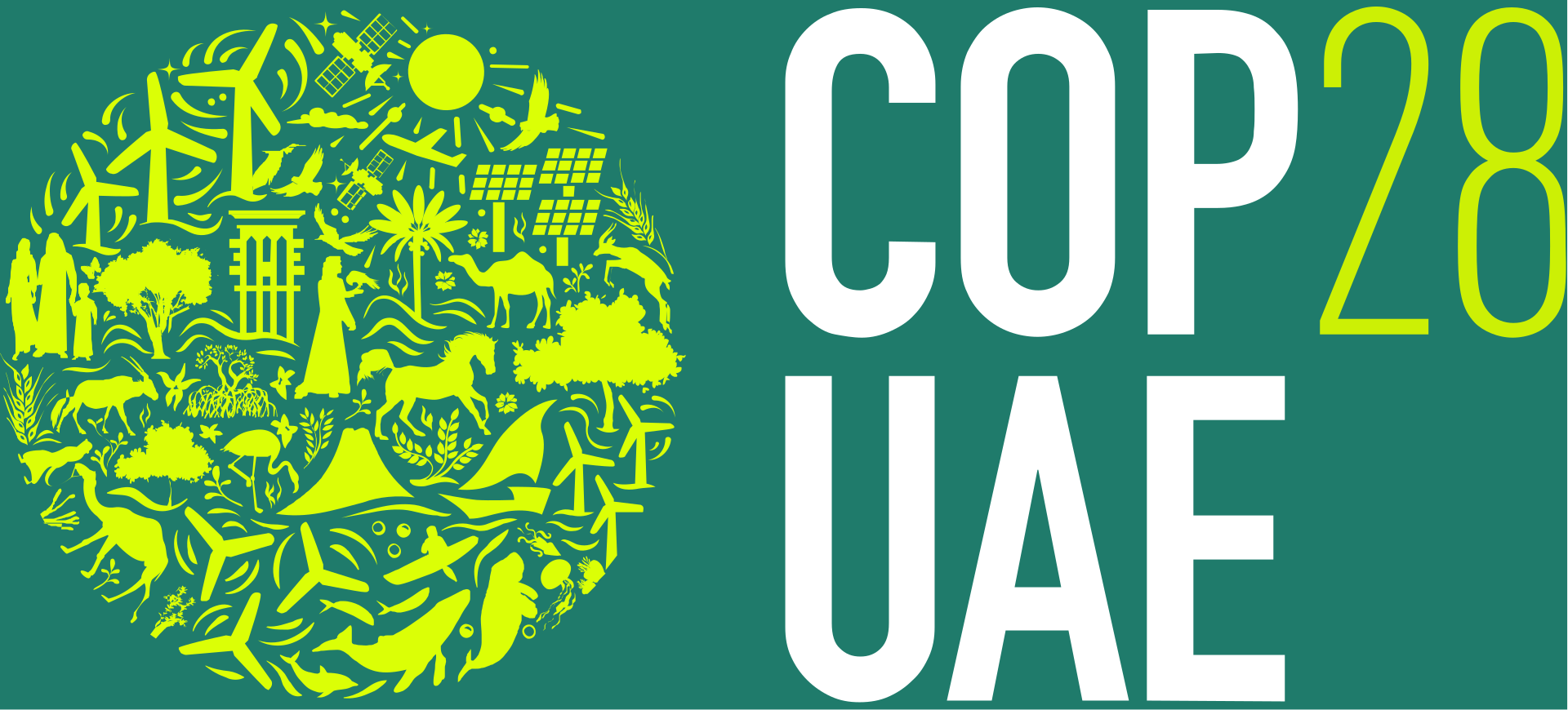Oceans cover about seventy percent of the surface of the Earth. They support a huge number of life forms. However, they also contain a dilute population of uranium atoms. If it were possible to extract these particular ions from the water, they could be a sustainable source of fuel for nuclear power reactors. Researchers recently published a report in ACS Central Science which details their development of a material to utilize with electrochemical extraction that pulls hard-to-get uranium ions from seawater more efficiently than any current method.
Nuclear fission power reactors release the energy stored inside an atom and turn it into heat and electricity by literally breaking the atom apart. Uranium has become the favored element for this process because all of its isotopes are unstable and radioactive. Currently, this metal is extracted from rocks. However, uranium ore deposits are finite. The Nuclear Energy Agency estimates that there are four and a half billion tons of uranium dissolved in the world’s oceans as uranyl atoms. Extracting these ions has proven to be very difficult because the materials for doing so don’t have enough area to trap ions effectively. Rui Zhao, Guangshan Zhu and colleagues wanted to develop an electrode material with lots of microscopic pockets that could be used in the electrochemical capture of uranium ions from seawater.
In order to create their electrodes, the team began with flexible cloth woven from carbon fibers. They coated the cloth with two specialized monomers that were then polymerized. (a monomer is a molecule that can react together with other monomer molecules to form a larger polymer chain or three-dimensional network in a process called polymerization.) Next, they soaked the cloth in hydroxylamine hydrochloride to add amidoxime groups to the polymers. The natural, porous structure of the cloth created many tiny pockets for the amidoxime to reside in to trap the uranyl ions, In their experiments, the researchers placed the coated cloth as a cathode in either naturally sourced or uranium-spiked seawater. Then they added a graphite anode. Finally, they ran a cyclic current between the electrodes. As the experiment proceeded, uranium-based precipitates accumulated on the cathode cloth.
In tests using seawater from the Bohai Sea, the electrodes extracted twelve and a half milligrams of uranium per gram of seawater over a period of twenty-four days. The coated cloth’s capacity was higher than most of the other uranium extracting materials tested by the team. In addition, using electrochemistry to trap the ions was about three times faster than allowing them to accumulate naturally on the cloth. The researchers say that this work offers an effective method to capture uranium from seawater. Their process could open up the oceans as new suppliers of nuclear fuel.
The researcher obtained funding from the National Key R&D Program of China, the National Natural Science Foundation of China, the Project of Education Department of Jilin Province, the Natural Science Foundation of Department of Science and Technology of Jilin Province, the Fundamental Research Funds for the Central Universities, and the “111” project.
Blog
-

Nuclear Reactors 1315 – New Method Developed To Extract Uranium From Seawater
-
Nuclear News Roundup December 01, 2023
4 takeaways from lawmakers at COP28 eenews.com
Company seeks vendors to help build small nuclear reactors gillettenewsrecord.com
New report shows Russia raking in revenue from state nuclear company foxbusiness.com
Sellafield nuclear site exposés are long overdue theguardian.com
-

Geiger Readings for December 01, 2023
Ambient office = 94 nanosieverts per hour
Ambient outside = 103 nanosieverts per hour
Soil exposed to rain water = 101 nanosieverts per hour
Blueberry from Central Market = 113 nanosieverts per hour
Tap water = 78 nanosieverts per hour
Filter water = 65 nanosieverts per hour
-

Nuclear Reactors 1314 – Some Experts Question Whether China Can Meet Its Ambitious Nuclear Goals – Part 2 of 2 Parts
Part 2 of 2 Parts (Please read Part 1 first)
Although there has never been a serious nuclear accident in China, some communities are not enthusiastic about have a nuclear power plant nearby. A plan to construct a nuclear fuel facility in Guangdong was cancelled in 2013 because of public opposition. Bing Lam Luk said that more public education will be needed to alter the perception that nuclear facilities are inevitably dangerous.
Safety of nuclear power plants is becoming less of a concern because of the development of fourth-generation and small modular reactors (SMRs). Luk said that a large-scale nuclear accident would be nearly impossible. He said that this could make it possible for China to change its nuclear policy and begin construction more nuclear power plants in the interior of the country.
SMRs are more energy efficient than larger conventional nuclear power reactors. They are easier to build, transport and install. Luk said that the fourth-generation technology now being developed by Tsinghua University in Beijing replaces water with helium as a coolant. Helium is more heat resistant which reduces the risk of an explosion.
However, a study from Stanford and the University of British Columbia discovered that these new reactor designs which are touted as the future of commercial nuclear power can produce more radioactivity waste than big conventional nuclear reactors.
China’s development of fourth-generation nuclear reactors is expected to benefit from the long-established sharing of technical information among countries including China, the U.S., France, Japan, South Korea and Britian.
The cooperation between China and France started a few decades ago. China’s first two nuclear plants were constructed near Hong Kong in the mid-1980s with imported technology and are managed by the state-owned energy company Electricite de France (EDF).
Many joint ventures in China followed those first two reactors. The two countries published a joint statement in April of this year on “developing pragmatic cooperation in the field of civilian nuclear energy.” China and France pledged to cooperate on the reprocessing of spent nuclear fuel.
France is ahead of China in the reprocessing of spent nuclear fuel and it makes sense for the two countries to work together on this problem. France is constructing a center where spent nuclear fuel can be disposed of five hundred and fifty yards underground. This geological repository is set to open in 2035. China will only begin the construction of a nuclear repository by the 2040s at the earliest.
Geopolitical tensions between China and Western nations may also be a hurdle. Last year. Britain removed a Chinese company from its Sizewell nuclear project during a souring of U.K.-China relations.
Recently, the U.S. also clamped down on its nuclear technology trade with China after decades of cooperation because of national security interests and common defense. However, China has started exporting its nuclear technology to other countries such as Pakistan.
When asked about nuclear energy’s role at COP28 this year, Luck said that nuclear power is likely to remain one of the main directions for energy transition discussions. He said that “Energy storage remains an issue for renewable energy … so nuclear path will likely keep growing steadily.” -
Nuclear News Roundup November 30, 2023
Bitcoin mining can help fuel nuclear reactor development – scientist kitco.com
South Africa Nuclear Power Stations goshennews.com
Iran Dismisses Fears Over Its Nuclear Program iranintl.com
Poland plans 24 small nuclear reactors to cut down on fossil fuels balkangreenenergynews.com
-

Geiger Readings for November 30, 2023
Ambient office = 126 nanosieverts per hour
Ambient outside = 132 nanosieverts per hour
Soil exposed to rain water = 128 nanosieverts per hour
White onion from Central Market = 115 nanosieverts per hour
Tap water = 68 nanosieverts per hour
Filter water = 54 nanosieverts per hour
-

Nuclear Reactors 1313 – Some Experts Question Whether China Can Meet Its Ambitious Nuclear Goals – Part 1 of 2 Parts
Part 1 of 2 Parts
Organizers of the United Nations Climate Change Conference (COP28) believe that nuclear energy must play a role in weaning the world off fossil fuels. They are probably comfortable with Chinese plans to make nuclear power a major part of its energy future. High-profile accidents at Three Mile Island, Chernobyl and Fukushima have tarnished the attraction of nuclear power in much of the world. China is the world’s largest carbon emitter but it is pressing ahead with plans for new nuclear construction.
China has approved at least twenty-one new nuclear power reactors since 2021. Each year, six to eight new nuclear reactors are expected to be approved. This was reported by Xinhua which is the state-controlled news agency. China already generates more power through nuclear energy than any other country except the U.S. They aim to meet ten percent of their national power needs with nuclear energy by 2035 and eighteen percent by 2060.
Sultan Al Jaber is the President of the United Nations Climate Change Conference (COP 28), which opens November 30th in Dubai. Jaber told Agence France-Presse earlier this year that he supports expanding nuclear power. He called it a “robust bridge” in energy transition.
However, China has a long way to go in its nuclear ambitions and several serious obstacles to overcome if it is to reach its goal. Nuclear power currently accounts for only two and two tenths of its installed electricity generation capacity and ranks last behind other alternative energy sources including thermal, hydro, wind and solar.
Safety concerns following Japan’s devastating Fukushima nuclear disaster in March of 2011 have hampered the growth of nuclear energy in China. This was reported by Philip Andrew-Speed who is a senior researcher fellow at the Oxford Institute of Energy studies. Andrew-Speed said that “What happened after Fukushima was [China] suspended the construction of all new [nuclear] plants. They also sustained this policy that no inland nuclear power plants [can be built].”
The planned nuclear power plants will be constructed near the coastline as it requires a lot of fresh water for them to operate. It is considered less of a risk to discharge highly radioactive wastewater into bodies of water near the plants.
Compared with other clean energy sources such as solar and wind plants, nuclear power plants require longer to construct and put into operation. This is because of their complex nature and safety concerns according to nuclear experts. China currently has a shortage of skilled workers in this field.
Currently, there are about fifty-five nuclear power plants in China. Another twenty plants are under construction. Achieving ten percent of energy mix by 2035 could be very difficult. Bing Lam Luk is the laboratory manager for the City University of Hong Kong and the chairperson of the Hong Kong Nuclear Society.
Luk said “It takes on average about 10 years or more to build one plant, so unless authorities speed up greenlighting new plants, reaching 10% can be hard. … Another issue is that it’s increasingly difficult to find a new site along the coast to build it.”
Please read Part 2 next -
Nuclear News Roundup November 29, 2023
Gov. J.B. Pritzker signs measure lifting Illinois’ moratorium on new nuclear power plants heraldpalladium.com
Erdogan says Turkey, Greece could cooperate on nuclear energy reuters.com
No Good Reason for Nuclear Testing, Part 2 armcontrolcenter.org
US, South Korea and Japan Urge Stronger International Push to Curb North Korean Nuclear Program usnews.cim
-

Geiger Readings for November 29, 2023
Ambient office = 156 nanosieverts per hour
Ambient outside = 119 nanosieverts per hour
Soil exposed to rain water = 119 nanosieverts per hour
Tomato from Central Market = 112 nanosieverts per hour
Tap water = 73 nanosieverts per hour
Filter water = 59 nanosieverts per hour
-

Nuclear Reactors 1312 – Estonia Is Considering The Need To Deploy Nuclear Power
Jevgeni Ossinovski is a Social Democratic Party (SDE) Member of Parliament and a former government minister. He said that a nuclear power plant should only be constructed in Estonia if it is an unavoidable necessity. Ossinovski made his remarks at a debate of party politicians which formed part of Monday’s Nuclear Energy Information Day conference.
Estonia has no nuclear power plants a present. The possibility of constructing a small modular reactor (SMR) in a costal area of the country is being debated. The U.N.’s International Atomic Energy Commission (IAEA) last month announced that it found that Estonia has the capacity to move forward with the deployment of nuclear energy, if it should choose to do so.
Ossinovski said that considering the associated risks, the question is whether a nuclear power is really necessary. It would a first for Estonia and leap into the unknown. There is also the question of long-term impact on society regarding the disposal of spent nuclear fuel. He added that in many other parts of the world, the construction of a nuclear power plant has become significantly more expensive than originally planned.
Ossinovski mentioned that he was only speaking on behalf of his party, the Social Democrats. He said, “Yes, if there is an unavoidable need [to have a nuclear power plant] but my party believes that there is no unavoidable need.”
Meanwhile, the Isamaa Party’s representative at the conference, former IT and foreign trade minister Kristjan Järvan, said that stepping back before deciding on how Estonia views its future economic policy is a required precursor to making energy policy decisions.
If Estonia desires a bigger economy, which would also necessitate the development of industry, that would require the construction of a nuclear power plant. However, if that is not desired, then alternative energy such as wind power is sufficient to meet domestic needs, according to Järvan. At the same time, Estonia’s energy production needs to be diversified. Nuclear energy is an important option that should be considered in any case.
Andres Sutt of the Reform Party is another former IT and foreign trade minister. He said that all such major decisions need time. However, investors also need certainty. Sutt said, “Even if we create this framework, it is not 100 percent certain that there will be an investor who chooses to invest here.”
Several potential sites for an Estonian SMR have been identified. Private sector company would like to get the contract to build the SMR if Estonia decided to move ahead with deployment.
The only operational SMRs in operation in the world are in China and Russia.
Finland currently has five operational nuclear reactors across two sites. Work on a plant at a third site at Hanhikivi, near Oulu, in the North of the country, was canceled after Russia invaded Ukraine in 2022. Finland had signed a deal with Rosatom, Russia’s state nuclear agency, to build the plant.
The U.K. has nine operational nuclear reactors at five locations nationwide. They provide about sixteen percent of domestic electricity needs.
Estonia was under Soviet occupation when the 1986 Chernobyl disaster occurred. Some Estonians were forcibly drafted in response to the human-caused catastrophe. The RBMK-type reactor that exploded is now obsolete.
